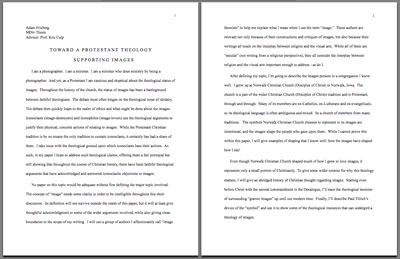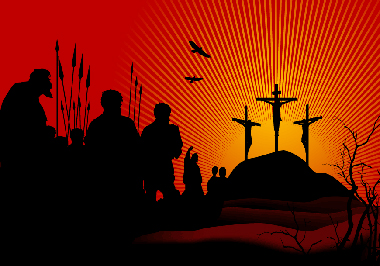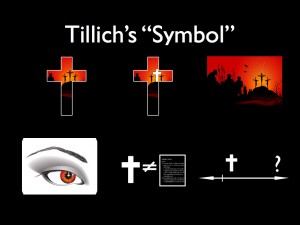Last week I had the great pleasure of joining one of the teams at i.c.stars|*. It is an organization I’ve been working with for my Social Enterprise class. Every day the participants in this job-training program break for “High Tea” (sometimes even twice a day). Outside community leaders come in and join them in their conversation. I was lucky enough to be their guest.
High Tea participants from left to right: Adam Frieberg (me), Amanda, Jonathan, Unique, Francois, Anastasia, Alfredo, Marissa, De Juan, and Lisa.
The i.c.stars|* students I talked with asked GREAT questions. And it was fun how often the tone shifted; early in the conversation I heard about their past interactions as group members, and then the conversation shifted to my experience, and then they had lots of questions about how I blend my roles as minister, photographer, computer programmer, etc. They quickly honed in on the questions I’ve been asking myself for the past seven years!
What a fun experience!



















